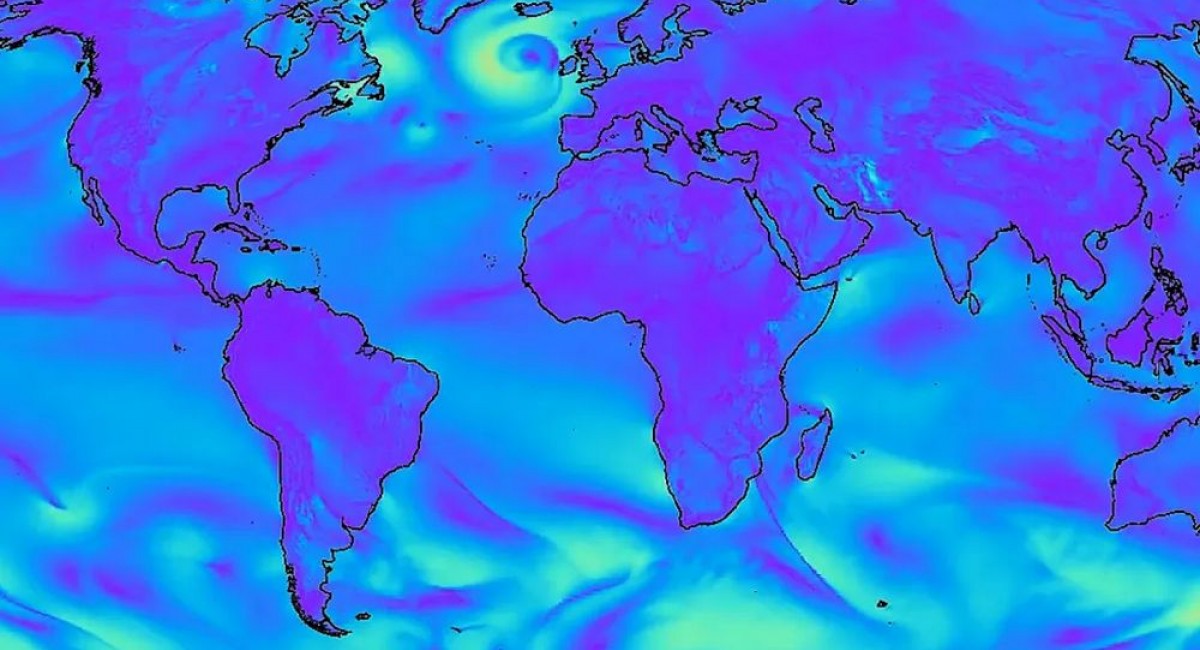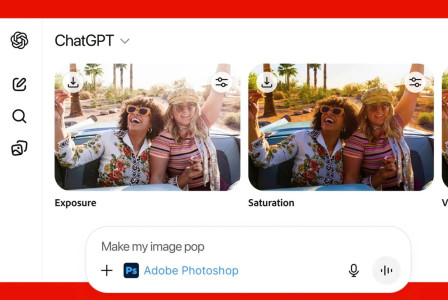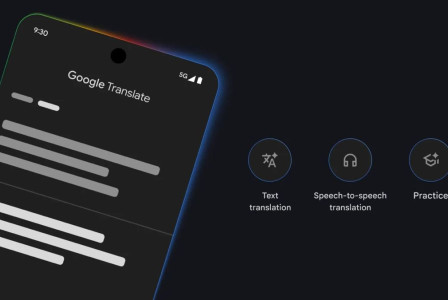SEARCH
GraphCast AI outperforms supercomputers in accurate weather forecasting

SHARE IT
Next time you roll your eyes at a bad weather forecast, remember that forecasting the weather is one of the most difficult tasks in science. Google has now put AI to work as a weatherman, demonstrating that it can make accurate forecasts up to 10 days in advance in only one minute on a single machine, a task that would ordinarily take a room full of supercomputers hours to do.
The renowned butterfly effect proposes that anything as insignificant as a butterfly fluttering its wings in another part of the planet might impact whether or not a storm forms. Weather forecasting's job is to herd all of these proverbial butterflies into precise models that tell you if you should go ahead with that picnic next Saturday.
This is done through a process known as Numerical Weather Prediction (NWP), which takes current weather observations from across the world and puts them through complex physics equations performed on supercomputers. However, Google has recently announced GraphCast, an AI technology that can crunch data more quicker and on less powerful hardware.
This AI was taught using data from 40 years of weather reanalysis collected by satellite photos, radar, and weather stations. GraphCast takes the weather six hours ago and the present situation, then uses its vast data set to forecast the weather six hours from now. It may then project forward in six-hour intervals to create a forecast for up to ten days.
This is done via GraphCast across over a million grid points on the Earth's surface, each measuring 0.25 degrees in longitude and latitude. The model accounts for five variables at the surface and six in the atmosphere at 37 various altitudes at each of these sites, such as temperature, pressure, humidity, and wind speed and direction.
In experiments, GraphCast running on a single Google TPU v4 machine was compared to the current gold standard for weather prediction - a supercomputer-based simulation system called the High Resolution Forecast (HRES). GraphCast produced 10-day forecasts in under a minute and outperformed HRES on 90% of the test variables and forecast lead times. GraphCast surpassed HRES 99.7% of the time when the models were focused on the troposphere, the lowest layer of the atmosphere where correct predictions are most useful and practical to everyday life.
Even more impressive, GraphCast outperformed HRES in detecting severe weather occurrences despite not having been specially trained to do so. In one real-world example, the AI correctly anticipated the location of a hurricane's landfall nine days in advance, although traditional forecasts could only confirm it six days ahead.
According to Google, the code behind GraphCast is open source, allowing scientists all across the world to experiment with it and incorporate it into routine weather forecasts. This type of number-crunching appears to be the ideal employment for AI, allowing them to focus on art and writing.
MORE NEWS FOR YOU

 Help & Support
Help & Support 

